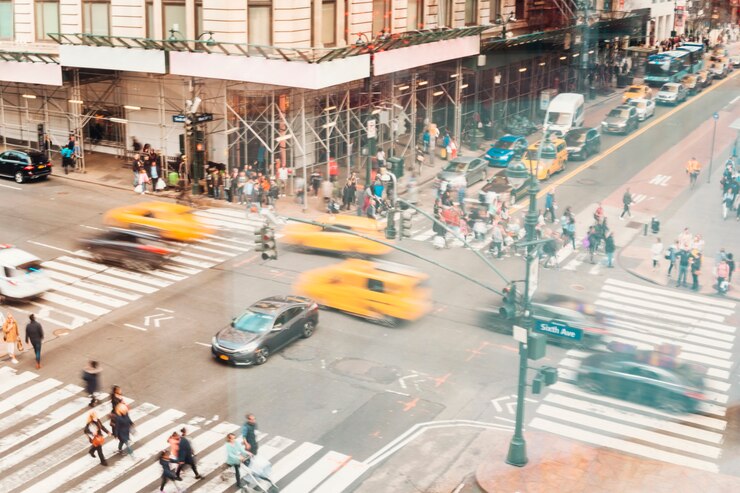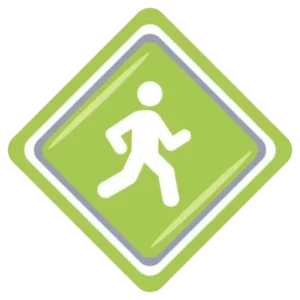Pedestrian accidents can result in serious injuries and legal complications, leaving victims unsure of who is responsible for their damages. Determining liability in a pedestrian accident is crucial for pursuing compensation, whether you’re the injured pedestrian or the driver involved. In this guide, a Pedestrian Accident Lawyer explains how fault is established, what laws apply, and what steps to take after an accident.
How is Liability Determined in a Pedestrian Accident?
Liability in a pedestrian accident depends on negligence, meaning the party that failed to act responsibly and caused the accident is typically held responsible. Here’s how fault is determined:
1. Duty of Care
- Both drivers and pedestrians have a legal obligation to follow traffic laws and behave responsibly.
- Drivers must yield to pedestrians at crosswalks and obey speed limits, while pedestrians must follow signals and avoid jaywalking.
2. Breach of Duty
- If a driver fails to stop at a crosswalk or speeds through a red light, they may be considered negligent.
- If a pedestrian walks into traffic unexpectedly, they may also be liable for contributing to the accident.
3. Causation
- The accident must be directly caused by one party’s negligence. For example, if a distracted driver hits a pedestrian in a marked crosswalk, the driver is likely at fault.
4. Comparative Negligence
- Some states follow comparative negligence laws, meaning both the pedestrian and driver can share fault.
- For instance, if a pedestrian crossed outside a designated crosswalk but the driver was speeding, fault may be split between both parties.
Who is Usually Liable in a Pedestrian Accident?
Driver Liability
A driver is typically at fault if they:
✔ Fail to yield at a pedestrian crossing
✔ Run a red light or stop sign
✔ Drive while distracted or under the influence
✔ Speed in pedestrian-heavy areas
✔ Engage in reckless driving, such as failing to check for pedestrians
Pedestrian Liability
A pedestrian may be partially or fully at fault if they:
✔ Cross the street illegally or against a signal
✔ Walk in restricted areas (highways, bridges, tunnels)
✔ Suddenly step into traffic without warning
✔ Are distracted by a phone or headphones while crossing
Third-Party Liability
Sometimes, other parties can be responsible, including:
✔ Government entities – If poor road design, broken signals, or lack of pedestrian signage contributed to the accident.
✔ Property owners – If unsafe parking lot layouts or blocked visibility played a role.
✔ Vehicle manufacturers – If a mechanical failure, such as brake failure, caused the accident.
What Should You Do After a Pedestrian Accident?
If you’ve been involved in a pedestrian accident, follow these steps to protect yourself legally:
- Seek Medical Attention – Even if injuries seem minor, some can worsen over time.
- Call the Police – An official accident report helps establish liability.
- Gather Evidence – Take photos of the accident scene, injuries, and any relevant traffic signs or signals.
- Collect Witness Information – Eyewitness statements can support your claim.
- Contact a Pedestrian Accident Lawyer – Legal representation ensures you get the compensation you deserve.
How Can a Pedestrian Accident Lawyer Help?
A Pedestrian Accident Lawyer specializes in handling pedestrian injury cases and can:
✔ Investigate the accident and gather evidence
✔ Determine liability based on state laws
✔ Handle negotiations with insurance companies
✔ Fight for fair compensation, including medical bills, lost wages, and pain and suffering
Whether you’re a pedestrian seeking justice or a driver defending yourself against an unfair claim, hiring an experienced attorney is essential.



